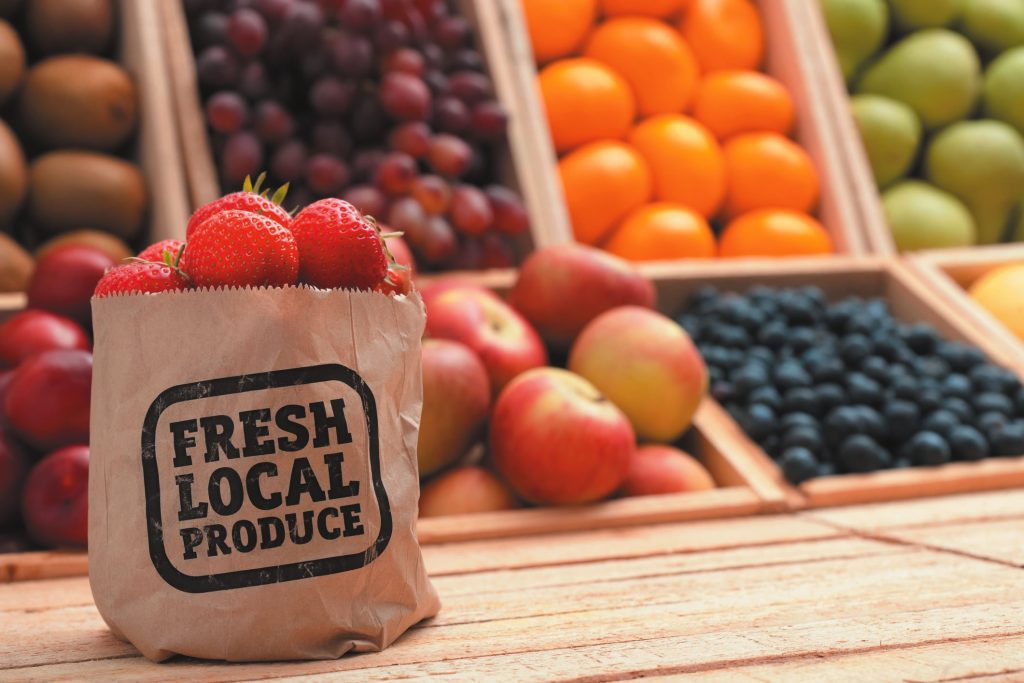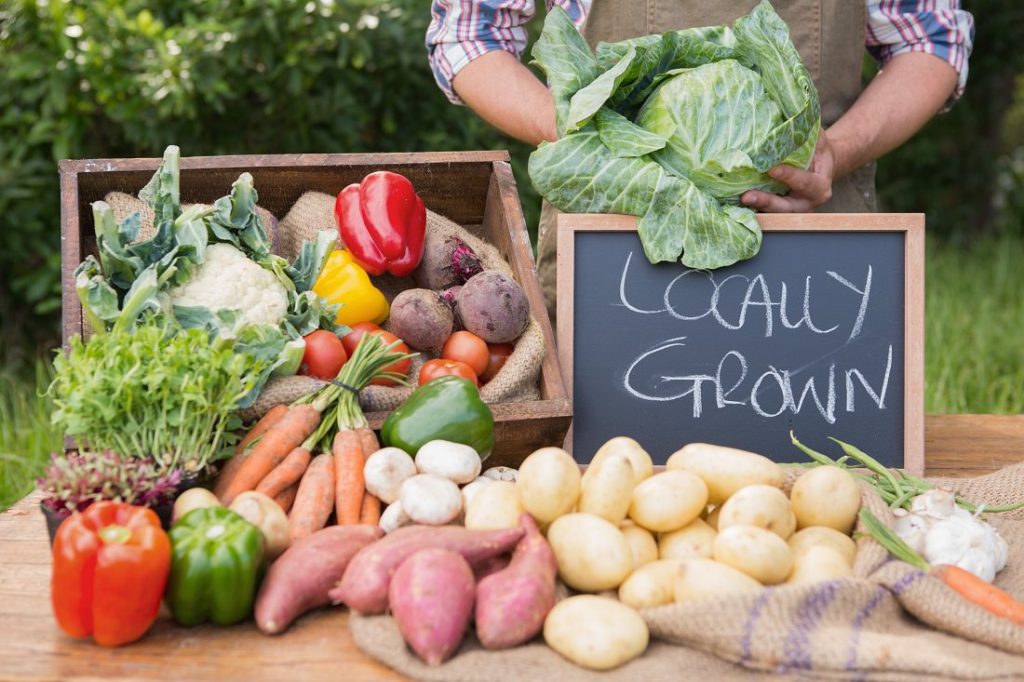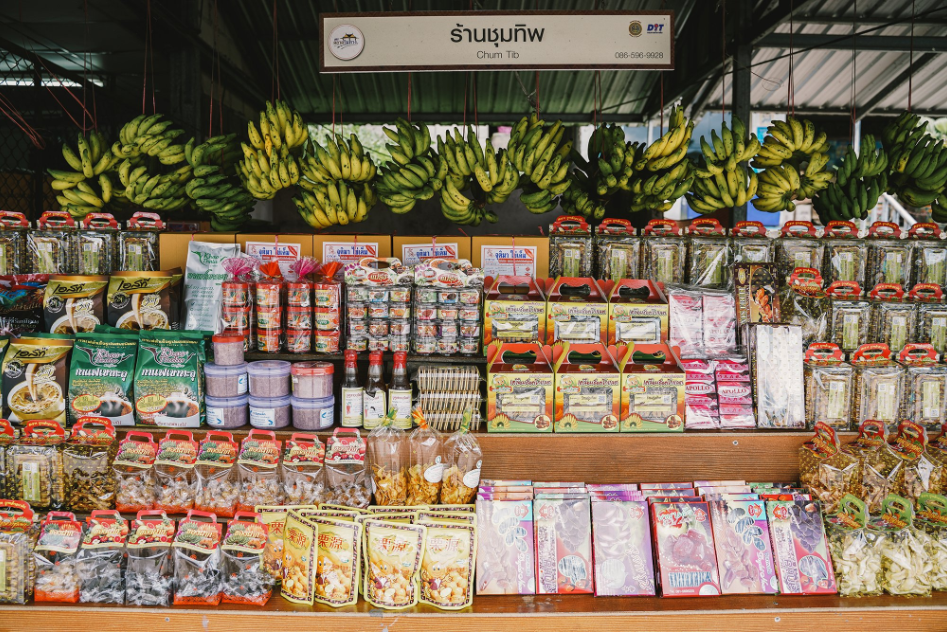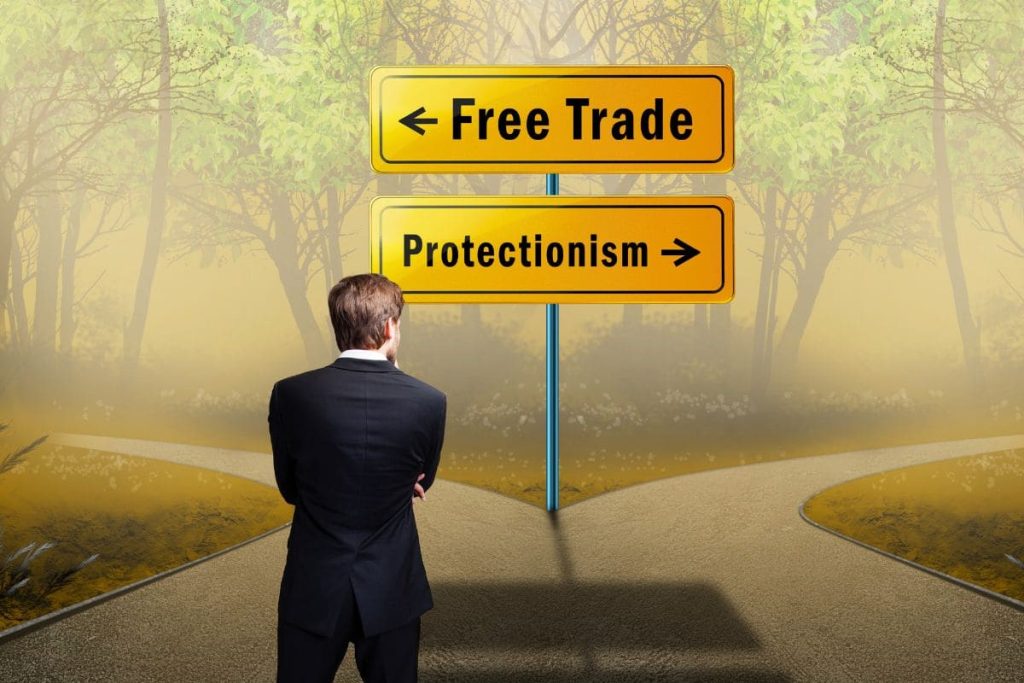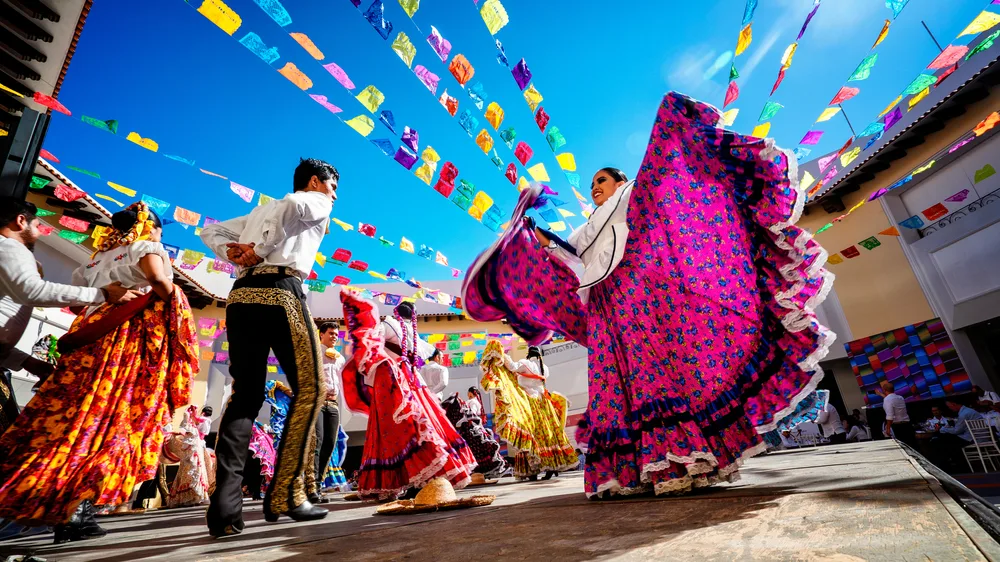
Your product isn’t just a product—it’s a story.
And often, that story starts with local culture: flavors, fabrics, traditions, or even philosophies that make your product truly different.
When done right, weaving cultural identity into branding can be your biggest selling point in international markets.
Let’s explore how local culture can elevate your brand globally—and how to do it without losing authenticity or market relevance.
1. Culture Creates Identity
Local culture gives your brand:
- Authenticity – A clear origin story and background
- Differentiation – You’re not just another generic export
- Emotional value – Buyers want more than function—they want meaning
✅ Example: A handmade soap brand using traditional herbal recipes and packaging inspired by regional art.
2. What Aspects of Culture Can Be Branded?
- Ingredients (e.g., spices, herbs, wood types)
- Craftsmanship techniques
- Design aesthetics (patterns, symbols, color palettes)
- Cultural values (harmony, balance, hospitality, sustainability)
- Storytelling rooted in folklore or local legends
These elements give your product depth and soul—something many buyers crave.
3. Adapting Without Losing Identity
Going global doesn’t mean dropping your culture—it means translating it in a way others can appreciate.
Tips:
- Avoid culture-specific jokes or symbols that may confuse or offend
- Provide context in packaging or website copy (“Inspired by the rituals of…”)
- Translate values, not just language
- Use visuals to communicate heritage quickly
✅ Balance is key: keep what makes your brand special, but frame it for clarity abroad.
4. Culture as a Competitive Advantage
Local culture helps you:
- Enter niche premium markets
- Build a loyal following of customers who love “authentic” and “artisan”
- Get featured in media or stores that value unique origin brands (e.g., World Market, Etsy, boutique retailers)
✅ Bonus: Cultural branding also supports tourism and national pride—win-win!
5. Avoid Cultural Stereotyping
Using your culture in branding should be:
- Respectful
- Accurate
- Community-supported
✅ Tip: Involve local artisans, historians, or elders to make sure your brand is a true ambassador—not just a product.
Conclusion
When you export your product, you’re not just exporting a thing—you’re sharing a piece of your culture.
And if you do it right, local culture won’t just help you stand out—it’ll build trust, identity, and value in markets all over the world.

